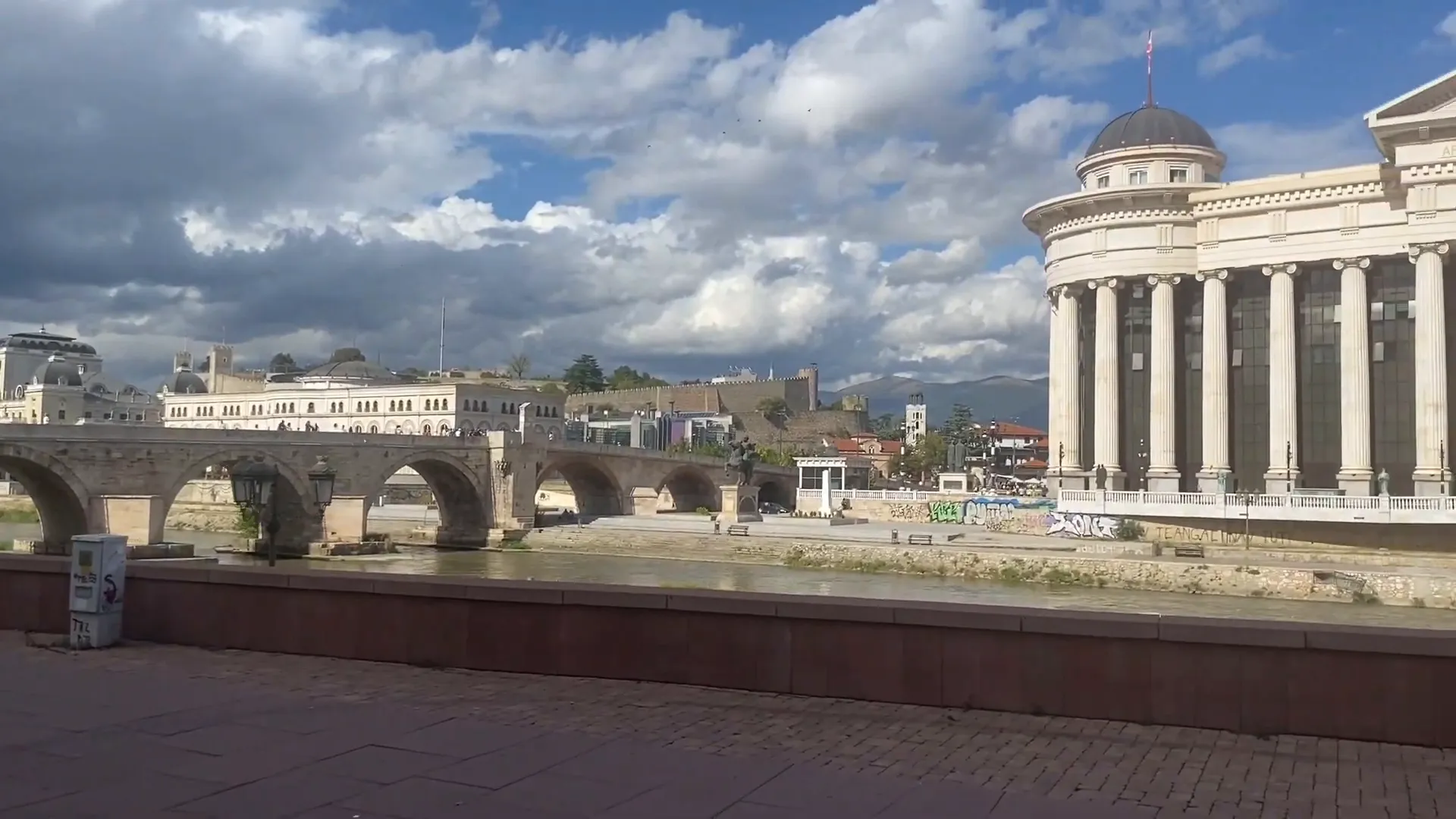Skopje, North Macedonia: A Day-long Journey Through History and Culture
Skopje, the capital of North Macedonia, is a city rich in history and culture. This blog post takes you through a day trip to Skopje, exploring its unique character, diverse cultures, and the fascinating history that shapes the city today.
The Name Debate: North Macedonia vs. Macedonia
As we set out for our adventure, it became clear that the name of this region carries significant weight. Some refer to it simply as Macedonia, while others prefer North Macedonia. This naming debate stems from a long-standing disagreement with Greece, where the northern region is also called Macedonia.
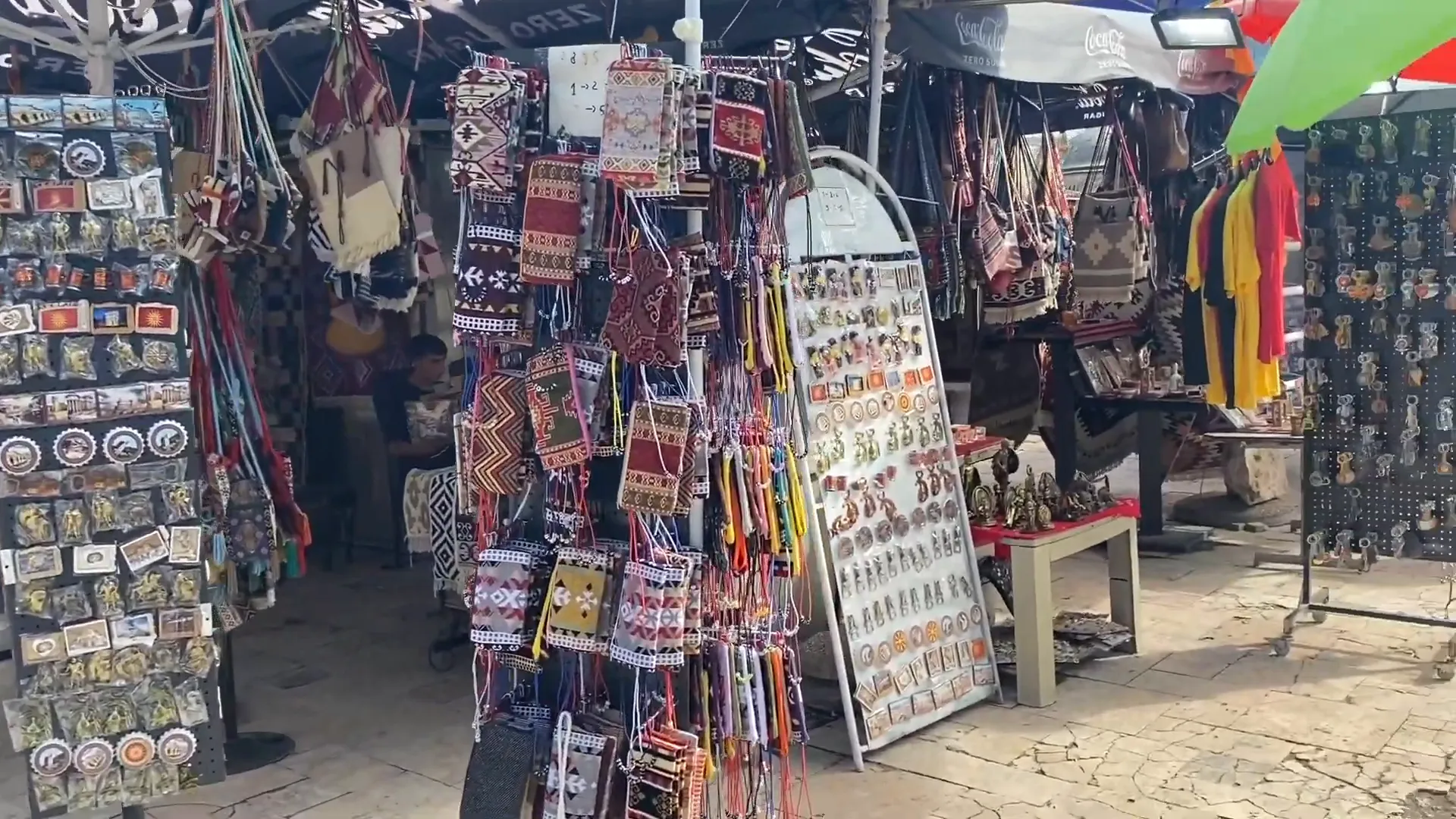
For many locals, asserting the name Macedonia is about preserving their identity and heritage, while others see it as a claim over their own cultural identity. It’s a reminder that place names are not just labels; they embody history, pride, and sometimes contention.
The Journey Begins
My friend and I began our day trip in Sofia, Bulgaria, embarking on a four-hour drive to Skopje. This journey required us to present our passports at the border, marking the transition between two distinct cultural landscapes. Given the long travel time, we only had four hours to explore the vibrant capital of North Macedonia once we arrived.
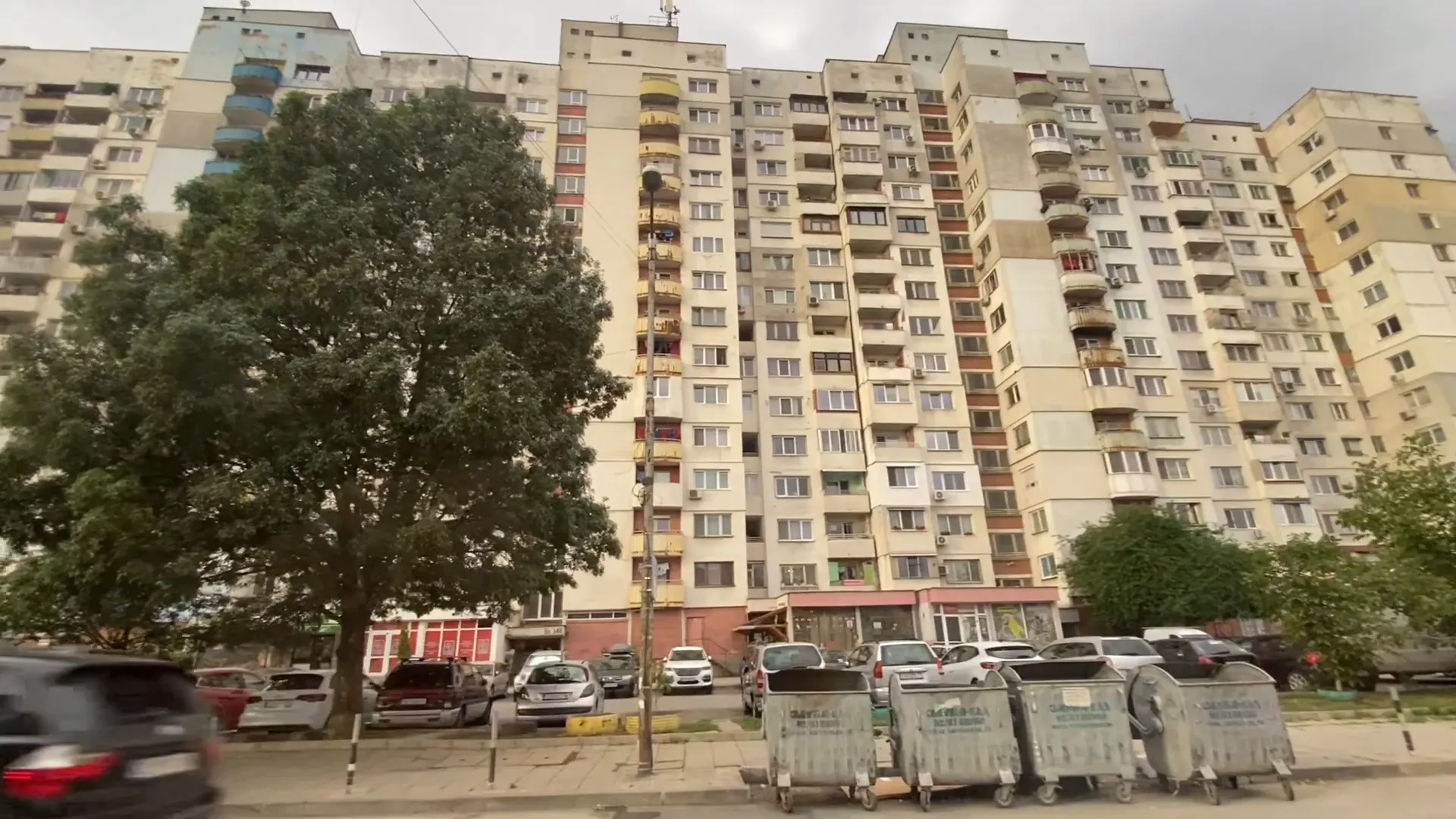
A Brief History of North Macedonia
North Macedonia was a part of Yugoslavia from 1945 until the country's dissolution in the early 1990s. After declaring independence in 1991, it was initially recognized as the Former Yugoslav Republic of Macedonia. In 2019, following an agreement with Greece, the country officially adopted the name North Macedonia, resolving the long-standing naming dispute.
First Stop: The Memorial House of Mother Teresa
One of our first stops was the Memorial House of Mother Teresa. Born in 1910 in Skopje, Mother Teresa is a significant figure in the city’s history. She left home at 18 to become a humanitarian icon. The house is a tribute to her life and work, providing insights into her early years and the values she upheld.
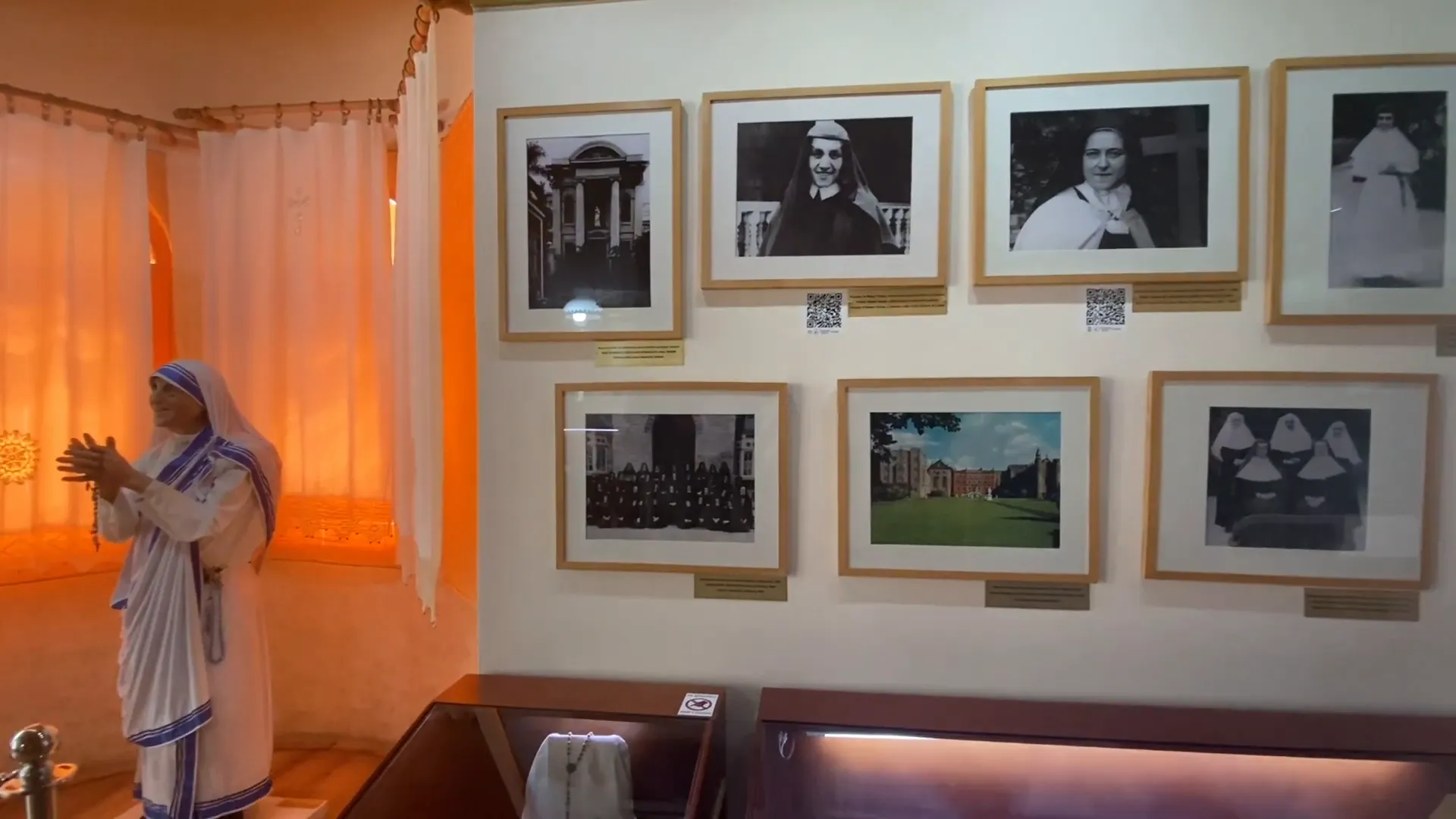
Celebrating Heritage: The Statue of Alexander the Great
Next, we visited a statue of Alexander the Great, an important symbol of North Macedonia’s ancient heritage.
Erected in 2011, this statue became a point of contention with Greece, which claims Alexander as part of its historical legacy. The statue represents North Macedonia’s efforts to celebrate and reclaim its ancient Macedonian identity.
A Change in Identity: The Flag of North Macedonia
The flag of North Macedonia underwent a change in 1995 -- a result of yet another dispute with Greece. The dispute was over the flag's previous design, which featured the Vergina Sun -- a symbol that Greece considers part of its own heritage.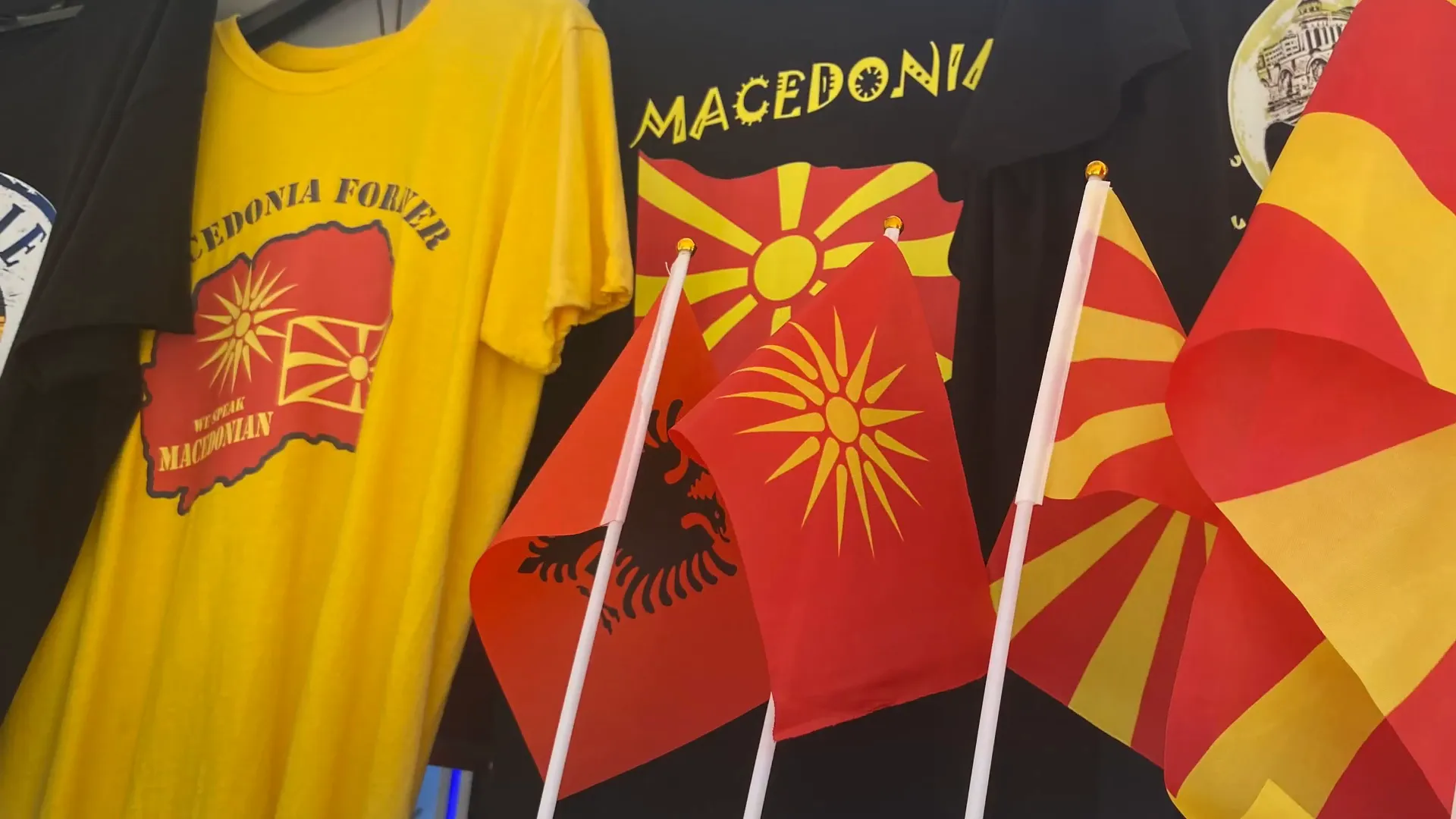
The new flag, with a stylized yellow sun on a red background, is a compromise aimed at improving relations with Greece.
Experiencing Local Culture
Around lunchtime, we encountered a large group of men gathered for a Muslim prayer in the street. Approximately 30% of North Macedonia’s population identifies as Muslim, making Islam the second-largest religion in the country after Orthodox Christianity. This moment highlighted the religious diversity that characterizes Skopje.
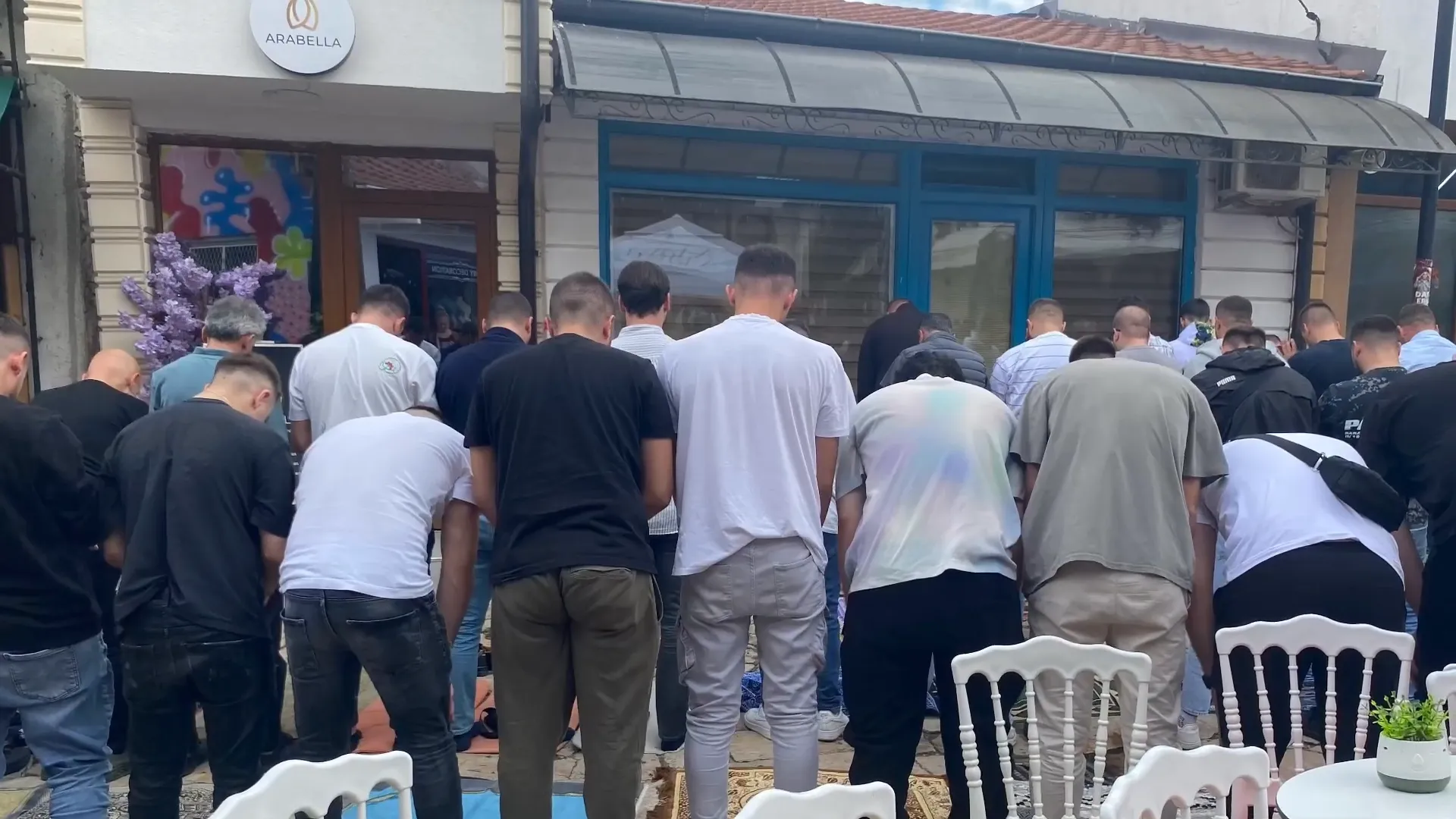
A Delicious Lunch
After the sidewalks were cleared from the prayer gathering, my friend and I made our way to a restaurant for a delicious lunch. We sampled local cuisine that reflected the rich culinary traditions of the region. The flavors and dishes we experienced were a testament to the city’s cultural blend.
Souvenir Shopping: A Glimpse into the Past
Post-lunch, we ventured out for some souvenir shopping. Skopje's market offered vintage items and pins from the Yugoslav era, which have become popular among tourists seeking a connection to the country’s past.

These items serve as a reminder of a historical period that shaped the identity of the region. I couldn't resist getting a refrigerator magnet and luggage sticker showcasing the flag of Yugoslavia.
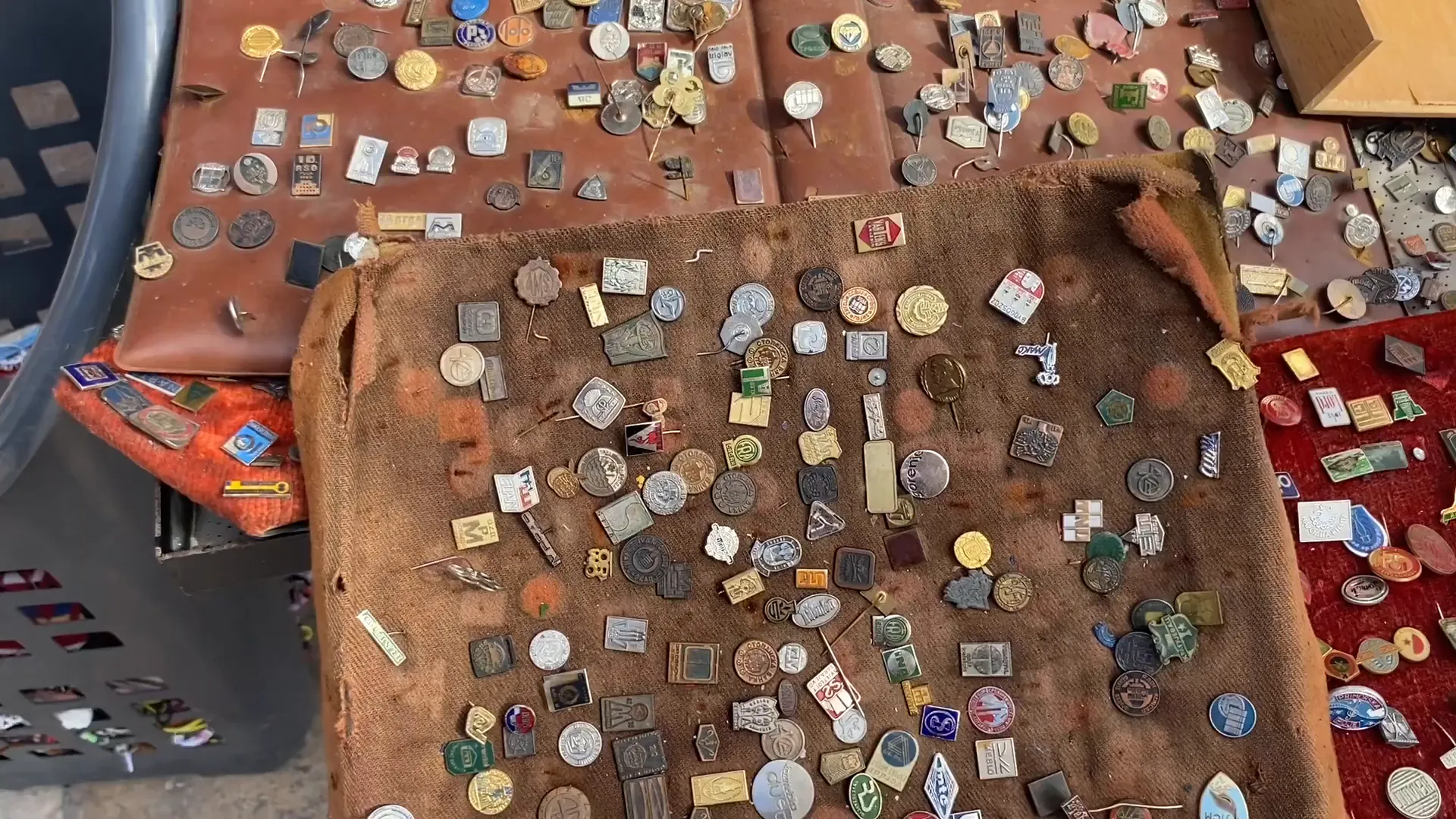
The Earthquake of 1963
Skopje is a city that has risen from the ashes of a devastating earthquake that struck on July 26, 1963. The disaster destroyed around 80% of the city and left over 100,000 people homeless. The reconstruction that followed brought international aid and led to much of the modern architecture that defines Skopje today.
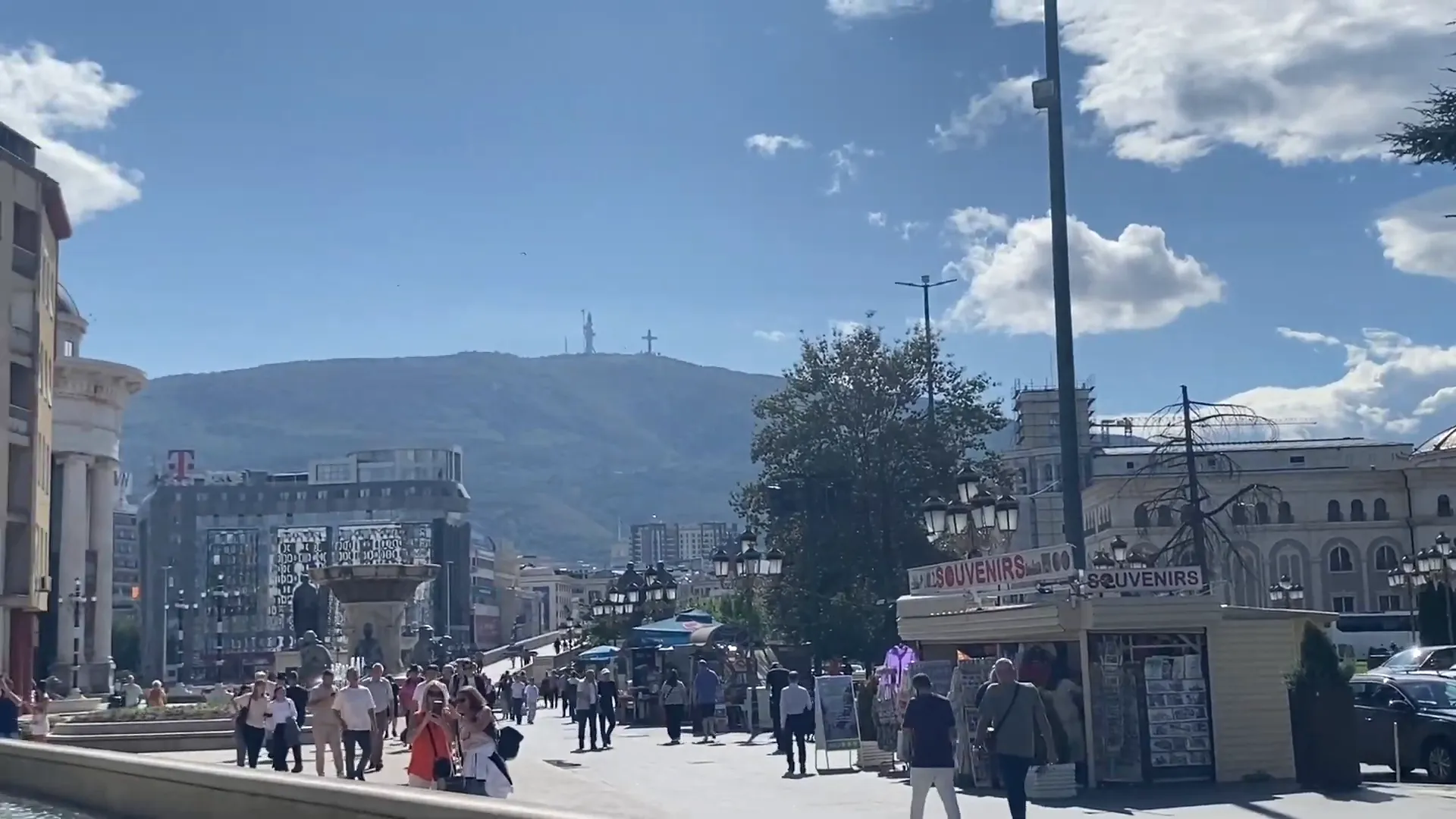
Final Impressions
Our time in Skopje, though brief, left us with a taste of the city's rich history, diverse cultures, and the ongoing narrative surrounding its identity.
